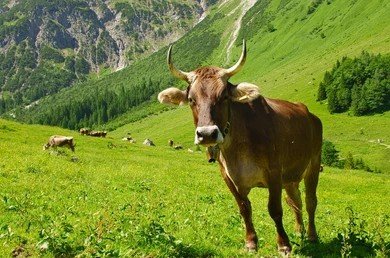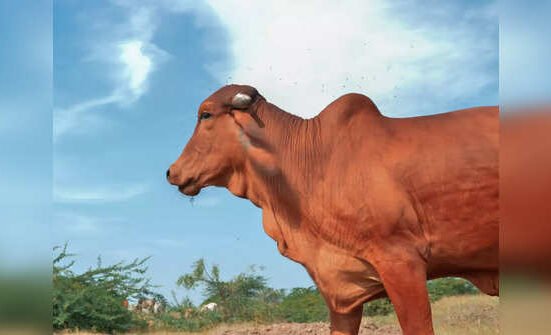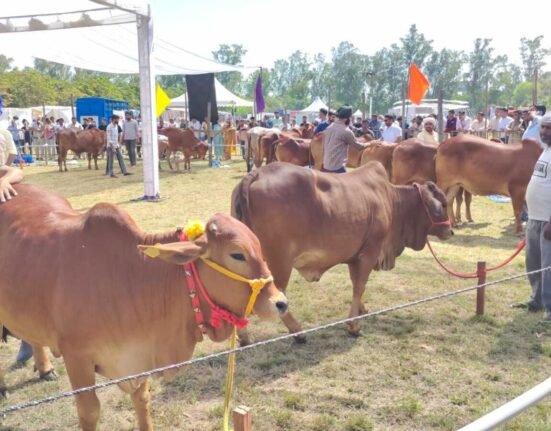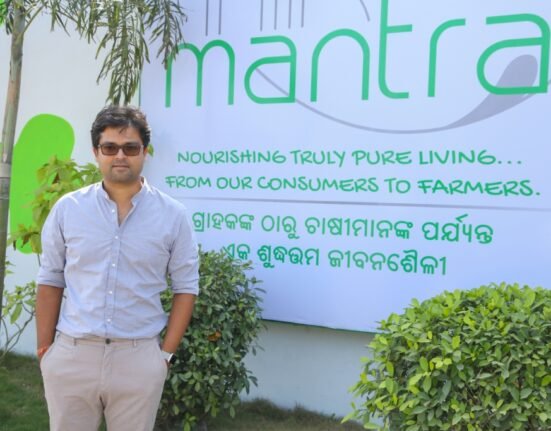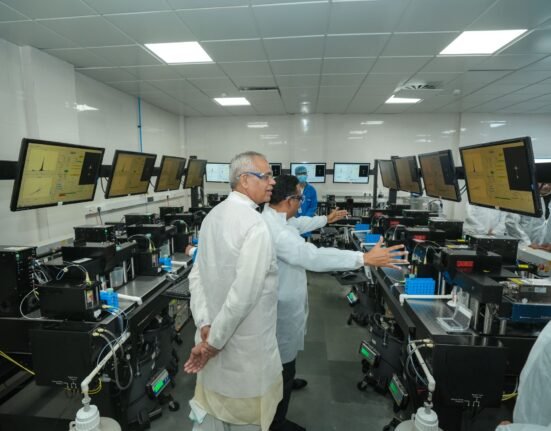India’s livestock sector stands at a defining crossroads. Home to the world’s largest cattle and buffalo population, it anchors rural livelihoods and food security, yet contributes substantially to global methane emissions, a gas nearly 28 times more heat-trapping than carbon dioxide.
Livestock account for 14 per cent of global methane emissions, mostly from enteric fermentation. Buffaloes emit more methane per animal and per kilogram of milk compared with indigenous cattle. The 2019 Livestock Census reveals a 25 per cent decline in indigenous breeds and a 30 per cent increase in buffaloes, indicating a shift towards productivity but higher emission intensity.
Feed optimisation offers the most direct mitigation route. Green fodder shortens rumen fermentation, reducing methane output by up to 15 percent. Yet, India’s chronic fodder deficit keeps farmers reliant on low-quality residues. NDDB studies show ration balancing can cut emissions by 10–13.5 per cent, while feed supplements and protein-rich greens can raise this to 16 per cent.
Indigenous bioactives like Harit Dhara, derived from plants containing tannins and saponins, reduce methane by 17–20 per cent, while small diet tweaks such as a 1 per cent rise in fat can cut emissions by 5 per cent. The path forward lies in integrating nutritional science, farmer education, and policy incentives to build a climate-resilient, high-yield dairy system. For India, reducing methane is not just an environmental necessity but also a route to improved productivity, profitability, and global competitiveness.

